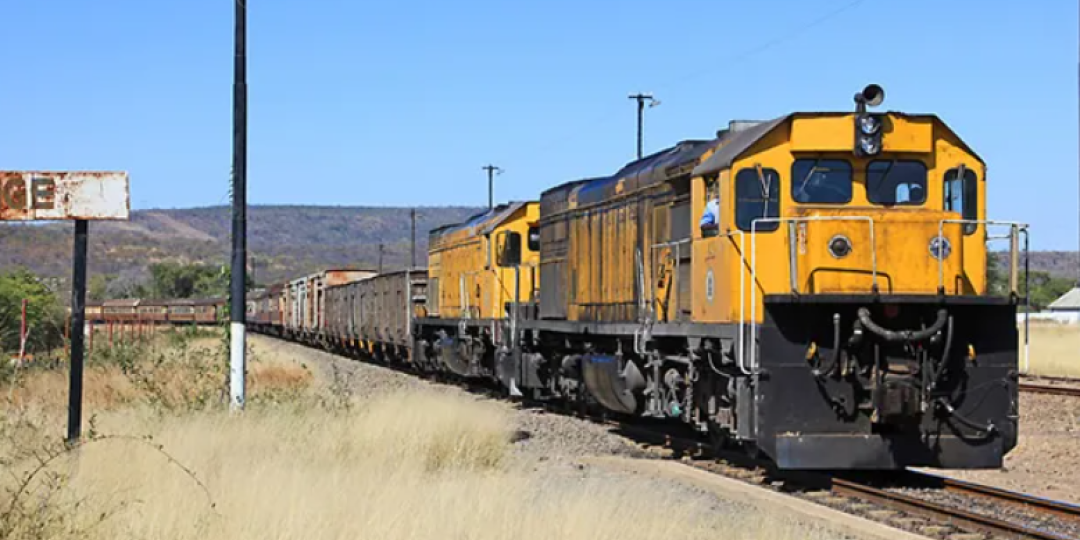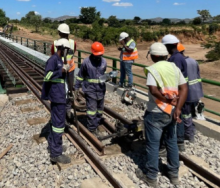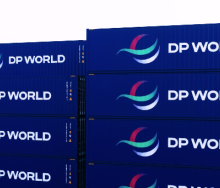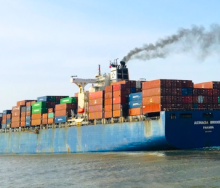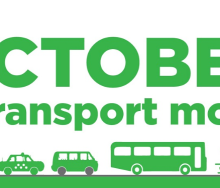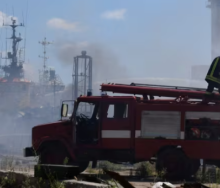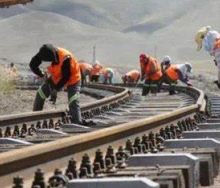The Africa Export Import Bank (Afreximbank) has indicated its willingness to lend National Railways of Zimbabwe (NRZ) $115 million to get the country’s railway network fully operational again.
This was revealed by NRZ chairperson, Mike Madiro, who said the move was necessary to create an environment and rail service that would be attractive to users for the transport of bulk commodities.
“The rail network moves 2.3 million tonnes of cargo a year, but this is a little over 16% of the 14 million tonnes they moved in the 1990s and just under 13% of the 18 million tonnes a year the network is theoretically capable of moving.”
Referring to where the loan would be spent, he said that $34 million is to restore 254 kilometres of critical network, about 9% of the total 2 760km of track owned by NRZ.
The restoration work is said to be necessary to illuminate risk moving ore and other export commodities by rail.
Nine locomotives and 315 wagons are also required, and the communications infrastructure on the network needs to be overhauled.
Efficient single-track operations, where trains pass each other with one in a siding, require instant signalling so only one train at a time is in the box between two sidings. It would rule out the inefficiency of having trains in both directions halted while checks are made.
The NRZ will need to ensure that operations are highly efficient, since they need to generate revenue to repay the Afreximbank load, repay other financing that may be required and build up their own capital resources.
“Within Zimbabwe there is growing bulk traffic,” Madiro said.
“We need to move grain from the north-eastern provinces to the other side of the country. We need to move sugar and ethanol from the Lowveld to the markets. We (also) need to move coal and other resources, remembering that there are now moves to get tobacco farmers to use more coal rather than chop trees down when they cure their leaf.
“The upgrading and introduction of mineral processing will often mean we need to move a lot of ore and semi-processed ores to the final processing plant.
“The giant steelworks being built at Manhize will need railways to despatch competitive products around Zimbabwe, into the region and further afield.
“Our mineral production has quadrupled in the last five years, and while more local processing cuts the volume needed to be moved, the size of the growth suggests more trainloads and more trucks will be needed.”
Referring to exports, Madiro said full use of the whole southern African network becomes vital both for exports within the region and further afield via the ports of the region as the country is landlocked.
“Zimbabwe is poised to enter the export markets for grain, and needs to keep the transport costs low to compete, especially considering the premiums we pay our farmers.”
Madiro said although most grain movement will be regional, the African Continental Free Trade Area (AfCFTA)will open up trade across a wider expanse of sub-Saharan Africa.
He added, that if AfCFTA works properly, it means African farmers, miners and industrialists will earn more, rather than see their profits slashed by huge transport costs to get their products to certain markets.
Compared to the expense attached to road freight, bulk rail capability has greater advantages, Madiro said.
